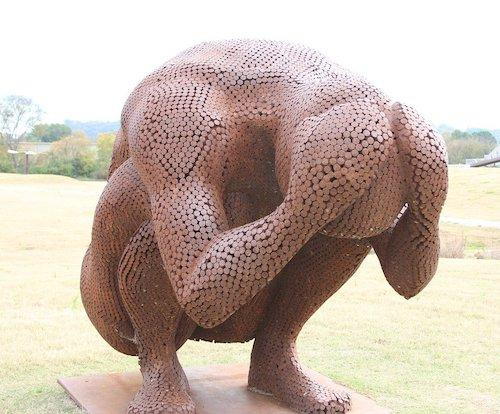
Today I will be giving all of us some further information to ponder as we consider the ramifications of legalizing marijuana for recreational use.
I would like to say that it is my belief that marijuana has a place as a form of medical treatment for chronic intractable pain syndromes. As I mentioned in Part I of this series of this series, I have referred patients for this form of pain management in the past with positive results. Understand that this, like any other form of drug therapy, will invariably have side effects. It is also worth noting that every patient will have a different response to this drug just like any other drug. The response is dependent upon many variables such as genetics, lifestyle, and various comorbidities.
The information that I am referencing as I noted in Part I is from a presentation by Alex Berenson. Mr. Berenson graduated from Yale University with degrees in history and economics. He was an investigative journalist for the New York Times for more than 10 years. He has published a number of books on a variety of topics. You can find them at these links: “The Number: How the Drive for Quarterly Earnings Corrupted Wall Street and Corporate America,” and “Tell Your Children: The Truth About Marijuana, Mental Illness, and Violence.” I have reviewed much of the research on the subject and concur with Mr. Berenson's findings.
I know that much of what I will share with you will cause controversy although as of the date that I am writing this piece, I have not yet received any strongly worded responses from readers. I simply ask that you listen to the facts that I present, consider them, and then formulate your own opinion based on this information and your further research.
INCREASED CANNABIS USE
Here are some statistics that may help you gain perspective on the topic of marijuana.
- In 2017, statistics indicated that 15 percent of the American population used cannabis at least once. In contrast 65 percent of Americans had a drink in the last year. The number of individuals using cannabis is growing fast.
- In 2006, 3 million Americans used cannabis at least 300 times per year. This statistically equates to daily use. By 2017 that number grew to 8 million, which is approaching the 12 million Americans who drank alcohol on a daily basis.
- It is of note that 1 in 15 drinkers consumed alcohol daily, whereas about 1 in 5 marijuana users used cannabis daily.
- Current statistics indicate that 78 million Americans claim that they have used marijuana at some point in their lives.
- The potency of cannabis is measured by the THC (delta-9-tetrahydrocannabinol) content. This is the chemical in cannabis that is responsible for the psychoactive effects of the drug. In the 1970’s, most marijuana contained less than 2 percent THC. That percentage today has climbed to between 20 and 25 percent THC.
- Furthermore, in states where cannabis has been legalized, many users prefer concentrations of pure THC. This difference between the THC content in marijuana in the 1970 and purified THC consumed today is like the difference between consuming near-beer and grain alcohol.
- In 2014, statistics showed that diagnosable cannabis use disorder—the medical term for addictive tendencies to marijuana—made up 1.5 of the American population. However, they accounted for 11 percent of all psychosis cases in emergency rooms. That’s over 90,000 cases per year or 250 a day. That is triple the number in 2006.
PATTERN OF MENTAL ILLNESS
This trend is born out in other countries where the use of recreational marijuana is still illegal. Unlike the U.S., even getting a prescription for medical marijuana is difficult. Finland and Denmark are two such countries. These two countries also track mental illness. Both have demonstrated significant increases in psychosis since 2000, which is concurrent with a significant increase in cannabis use in these two countries.
The age group that contains the heaviest users of cannabis are 18 to 25-year-olds. In September of 2018, a large federal study found a rise in serious mental illness in the United States. This was true especially for this age group. When the statistics for mental illness in this group were compared to 2008, it was noted that the rate had doubled. Interestingly, adolescents aged 12 to 17 did not demonstrate this increase in cannabis use and also did not demonstrate the same severe increase in mental illness.
I hope that you will take some time to review the information that I am presenting in further detail so that, when this issue is raised in your state, you will be better armed to address the viability of legalizing this drug.
COMING UP...
Next week I will cover some more advanced mental disorders that have a link to cannabis use as well as some information on a relationship to violent crime.
